Themed collection Blue-light photoreceptors

Front cover
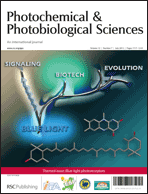
Blue-light photoreceptors: from activation to advanced applications
Soluble blue-light photoreceptors have evolved throughout the three domains of life. Signaling relies on intra- and interdomain propagation of light-triggered conformational changes. Novel blue-light sensors have potential for selected biotechnological applications.

Photochem. Photobiol. Sci., 2013,12, 1124-1124
https://doi.org/10.1039/C3PP90017G
Advanced in vivo applications of blue light photoreceptors as alternative fluorescent proteins
This perspective summarizes the advantages and limitations of a novel class of cyan-green fluorescent flavoproteins that are based on LOV photoreceptors in comparison to members of the GFP family. Further, some correlated consequences for the use of different fluorescent proteins as in vivo reporters are discussed.
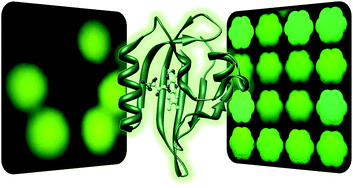
Photochem. Photobiol. Sci., 2013,12, 1125-1134
https://doi.org/10.1039/C3PP50040C
The Orange Carotenoid Protein : a blue-green light photoactive protein
The Orange Carotenoid Protein is blue-light photoactive protein involved in a cyanobacteria photoprotective mechanism. It is the first identified photoactive protein containing a carotenoid as the photoresponsive chromophore.
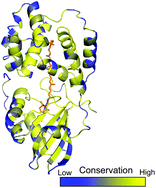
Photochem. Photobiol. Sci., 2013,12, 1135-1143
https://doi.org/10.1039/C3PP25406B
Photochemistry of Arabidopsis phototropin 1 LOV1: transient tetramerization
The photochemical reaction of the LOV1 (light-oxygen-voltage 1) domain of phototropin 1 from Arabidopsis thaliana was investigated by the time-resolved transient grating method.
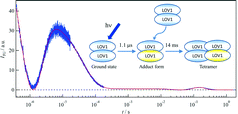
Photochem. Photobiol. Sci., 2013,12, 1171-1179
https://doi.org/10.1039/C3PP50047K
Anomalous diffusion of TePixD and identification of the photoreaction product
Photoreaction of a blue light sensor TePixD decamer is identified to be the dissociation reaction into the pentamer. It was found that the diffusion coefficient of the pentamer is anomalously small.
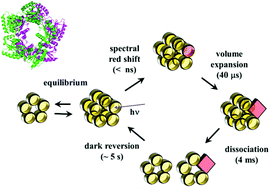
Photochem. Photobiol. Sci., 2013,12, 1180-1186
https://doi.org/10.1039/C3PP25434H
Distance-tree analysis, distribution and co-presence of bilin - and flavin -binding prokaryotic photoreceptors for visible light
In recent years it has become increasingly evident that prokaryotic organisms can sense and react to light stimuli via a variety of photosensory receptors and signal transduction pathways.

Photochem. Photobiol. Sci., 2013,12, 1144-1157
https://doi.org/10.1039/C3PP25404F
Signaling mechanisms of LOV domains: new insights from molecular dynamics studies
Photoactivation of Avena sativa Phot1 LOV2 triggers the dissociation of a large C-terminal alpha helix. We show that rotamerization of a single residue in the chromophore binding site propagates through two parallel pathways to destabilize the helical interface.

Photochem. Photobiol. Sci., 2013,12, 1158-1170
https://doi.org/10.1039/C3PP25400C
About this collection
This collection of articles highlights recent research on the theme of blue-light photoreceptors which have potential for biotechnological applications. Guest Edited by Aba Losi, University of Parma, Italy.